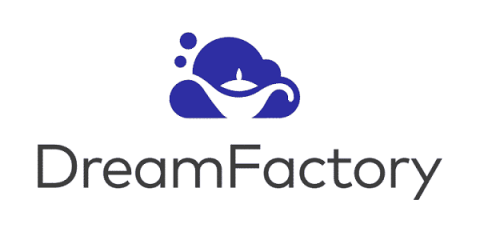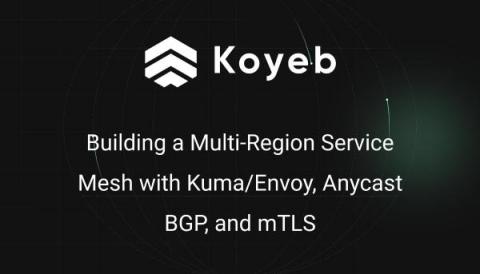Systems | Development | Analytics | API | Testing
API
Transactions in Rest APIs
Leveraging APIs to create value for telco ecosystems: STC's digital transformation
The world is changing for telecommunications operators. We live in a digital age when people, information, and services are more connected than ever, and people expect virtually any service on demand, at their fingertips. STC is already a telecommunications leader in the Middle East, but to remain on top in a competitive field, we must continue to grow and provide valuable experiences for our customers.
The Life of an API Gateway Request (Part 2)
The Life of an API Gateway Request (Part 2)
In part 1 of this series, we started a journey from the planet-spanning infrastructure layer to what happens inside a single Kong worker, similar to an office building in complexity. In this second part, we’ll dive a bit deeper—we’ll see who the occupants of that office building are and the kind of life they live.
Optimistic Locking in Rails REST APIs
Imagine the following hypothetical scenario: in a rental property management system, Employee A starts editing contact info for Rental X, adding some extra phone numbers. Around the same time, Employee B notices a typo in the contact info for exactly that Rental X and performs an update. A couple of minutes later, Employee A updates Rental X’s contact info with the new phone numbers, and … the update fixing the typo is now gone! That’s definitely not great!
Integrating Snowflake with MS SQL Server using DreamFactory
How to Migrate a MuleSoft API to Kong Gateway in 5 Minutes
These days, a lot of companies are moving towards cloud native applications and declarative configurations. This is also true for the traditional API gateways (e.g., MuleSoft, Axway, etc). Customers are looking for new technologies which fit better in their cloud environments and also are faster and cheaper. The main challenge here is how to migrate the existing APIs to the new platform.
Building a Multi-Region Service Mesh with Kuma/Envoy, Anycast BGP, and mTLS
We're kind of crazy about providing the fastest way to deploy applications globally. As you might already know, we're building a serverless platform exactly for this purpose. We recently wrote about how the Koyeb Serverless Engine runs microVMs to host your Services but we skipped a big subject: Global Networking. Global Networking is a big way of saying "How are my requests processed?". A short answer is: requests go through our edge network before reaching your services hosted on our core locations.









